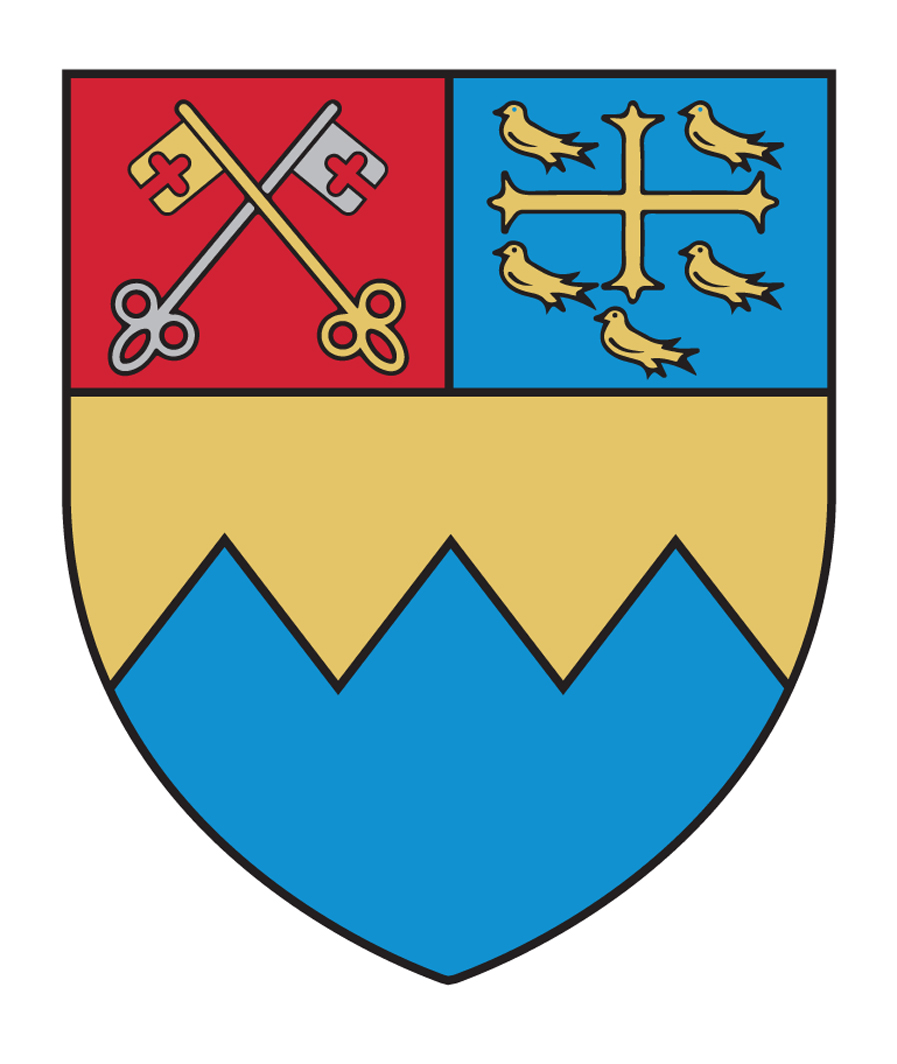
There are two feasts of St Benedict in our Calendar: 21st March and 11th July. Whilst 21st March celebrates the Transitus (Passing, or death) of St Benedict, 11th July Commemorates the Translatio (transfer) of his relics from his own monastery at Monte Cassino (about 80 miles from Rome) to the monastery of Fleury at Saint-Benoît-sur-Loire in Northern France. However, St Benedict is not just an important saint in Italy and France, but also especially in Europe and indeed across the world, too. In 2015, when the last record was taken, there were over 7,000 Benedictine monks all over the world.
In 1964, at the re-consecration of the monastery church at Monte Cassino after its destruction in the Second World War, Pope Paul VI declared St Benedict to be the patron and protector of Europe. It was an inspired choice. In April 2008, Pope Benedict XVI said that "with his life and work St Benedict exercised a fundamental influence on the development of European civilization and culture" and helped Europe to emerge from the "dark night of history" that followed the fall of the Roman Empire.
As the modern, globalised, world still seeks to find its way in the wake of a century which involved two world wars and huge technological and cultural changes which are, if anything, still gaining pace, perhaps St Benedict is a saint whom we can look to for a bit of stability. Pope Francis believes that ‘we are not living an era of change, but a change of era’ (10 Nov 2015), just as St Benedict did. Let us pray to him, and ask the Lord for the wisdom with which he was filled, to tackle the challenges of our present age.


